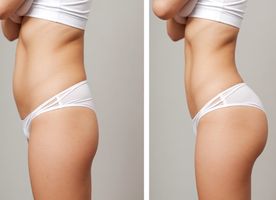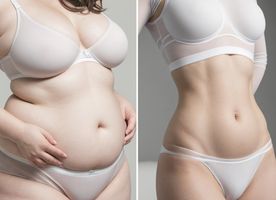Brazilian Butt Lift in Philippines
Search and Compare the Best Clinics and Doctors at the Lowest Prices for Brazilian Butt Lift in Philippines






Brazilian Butt Lift at Adraneda Dermatology and Cosmetic Surgery in Agusan del Norte, Philippines





Brazilian Butt Lift at The Medical City in Metro Manila, Philippines


Brazilian Butt Lift at Dr. Marlon O. Lajo in Metro Manila, Philippines

Brazilian Butt Lift at Aesthetic Science Clinic in Metro Manila, Philippines

Brazilian Butt Lift at Aesthetic Science Makati in Metro Manila, Philippines



Brazilian Butt Lift at J P Sioson General Hospital in Agusan del Norte, Philippines



Brazilian Butt Lift at Dr. Amy Anti-Aging and Cosmetic surgery Center - Ozamiz in Agusan del Norte, Philippines



Brazilian Butt Lift at Dr. Amy Anti-Aging and Cosmetic surgery Center - Gaisano in Agusan del Norte, Philippines
Our partner clinics in are accredited by the following associations






















































































































































Compare Before & After Photos of Brazilian Butt Lift
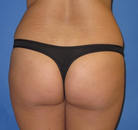
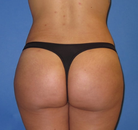
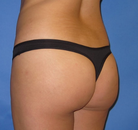
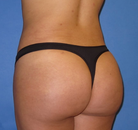
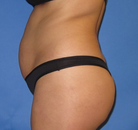
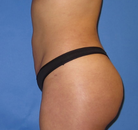
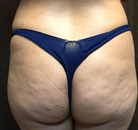
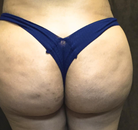
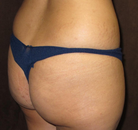


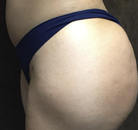
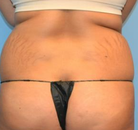
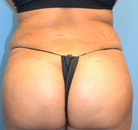
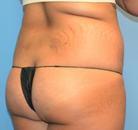
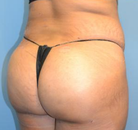
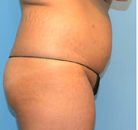

No Time?
Tell us what you're looking for and we'll reach out to the top clinics all at once
WHY US?








































































































































































No Time?
Tell us what you're looking for and we'll reach out to the top clinics all at once
What does a Brazilian Butt Lift Procedure Involve?
The procedure begins with applying general anesthesia along with intravenous sedation. After this, the surgeon marks the places which need to be augmented with the surgical marker. Points are marked along which the fat is to be injected into your buttocks. Fat is obtained from the abdomen and flanks. The donor site is sterilized and the excessive fat is removed through liposuction. A cannula is inserted through small incisions and fat cells are collected in a specialized container. This fat is purified before injecting it into the recipient site. The excessive fluid is removed from it and sterilization reduces the chances of infection. Small Incisions of diameter 2-3mm are applied on your buttocks through which fat cells are injected. These incisions are given along creases or at places where they are least visible. After the procedure is completed, sutures are used to close the incisions and sterile tape is applied to the wounds.
How Long Should I Stay in Philippines for a Brazilian Butt Lift Procedure?
It is generally an outpatient procedure and takes 1-2 hours, after which you can either be discharged on the same day or an overnight stay in the hospital is usually advised, depending upon your physical state. Your health conditions are monitored and you are allowed to leave if everything is fine. Still, you will have to stay in Philippines for at least 14 days for follow up checks. During this period you are kept under observation, stitches are removed after and you're allowed to travel home.
What's the Recovery Time for Brazilian Butt Lift Procedures?
After this operation, you are not allowed to sit or lie with your whole weight on your buttocks for at least 2 weeks. You'll experience moderate pain during the recovery period which is controlled through painkillers. There is inflammation and bruising around the operated area, but this swelling subsides gradually in a few days. Do not drive for at least 6-8 weeks as it requires you to sit for a longer period of time. Normal activities associated with sitting and lying can be restarted after 8 weeks. You can start your norman routine after 10 to 14 days. A total of 6 months are needed for the complete results to show up.
After the initial healing, you may want to sit on a special pillow, which puts the pressure on your thighs rather than your butt.
What sort of Aftercare is Required for Brazilian Butt Lift Procedures?
It's crucial to follow your surgeon's post-procedure instructions to ensure proper healing and recovery. Here are some points which should be considered when looking after yourself after being discharged from the hospital:
- Do not take a bath for at least 48 hours after the surgery. It increases the chances of infection.
- Wear special garments that keep your butt lifted.
- Start walking a little the very next day after your surgery to avoid embolism.
- Do not sit or lie on your back for at least 2 weeks. Sleep on your side or abdomen.
- Do not bend or climb up the stairs.
- Avoid strenuous activities such as the gym, running, swimming, etc. because they might put stress on your stitches, opening them up before the due time.
- Do not lift your children or any other heavy object.
- Avoid smoking and drinking a few weeks before and after the surgery, as tobacco and alcohol slow down the natural healing process.
- Abstain from sexual activity until allowed by your doctor.
What's the Success Rate of Brazilian Butt Lift Procedures?
A majority of patients undergoing the Brazilian Butt Lift often experience successful outcomes. This success rate is attributed to several factors including the surgeon's proficiency, the patient's health status, and the quality of the fat being transferred.
An important factor heightening the success rate is the Brazilian Butt Lift's use of autologous fat (fat from your own body). This approach lowers the likelihood of adverse side effects or rejection than when synthetic materials or implants are used. Furthermore, a strategic and individualized technique, involving careful and evenly distributed injection of the harvested fat into varying layers and sections of the buttocks, notably augments the survival rate of the transferred fat cells.
Notably, the patient's commitment to healthy lifestyle habits and adherence to post-operative guidelines significantly sway the success rate of the procedure. Regular exercise, maintaining an ideal weight, balanced nutrition, and sidestepping detrimental habits like smoking are instrumental in preserving the results of the Brazilian Butt Lift.
Are there Alternatives to Brazilian Butt Lift Procedures?
Some non-surgical alternatives are also available to Brazilian butt lift surgery. Surgery should never be the only option:
- Sculptra Aesthetic: it is a filler best known for butt lifting. It is injected into the butts where it stimulates collagen production and improves the elasticity of the area. Increased collagen increases the size and gives a rounded contour to your buttocks. 2-3 sessions are needed for the best results. It is a quick treatment with almost no downtime.
- Thermage: radiofrequency waves are used in this technique. These waves heat up the skin and underlying tissue boosting collagen production. As a result, your butts look lifted and toned.
- Exercises: some exercises are found to be effective in contouring your buttocks and increasing the muscle mass, particularly squats.
This information has been accurately sourced and verified by a medical professional for its accuracy, however, we strongly recommend you to consult with your doctor before pursuing medical procedures overseas.






